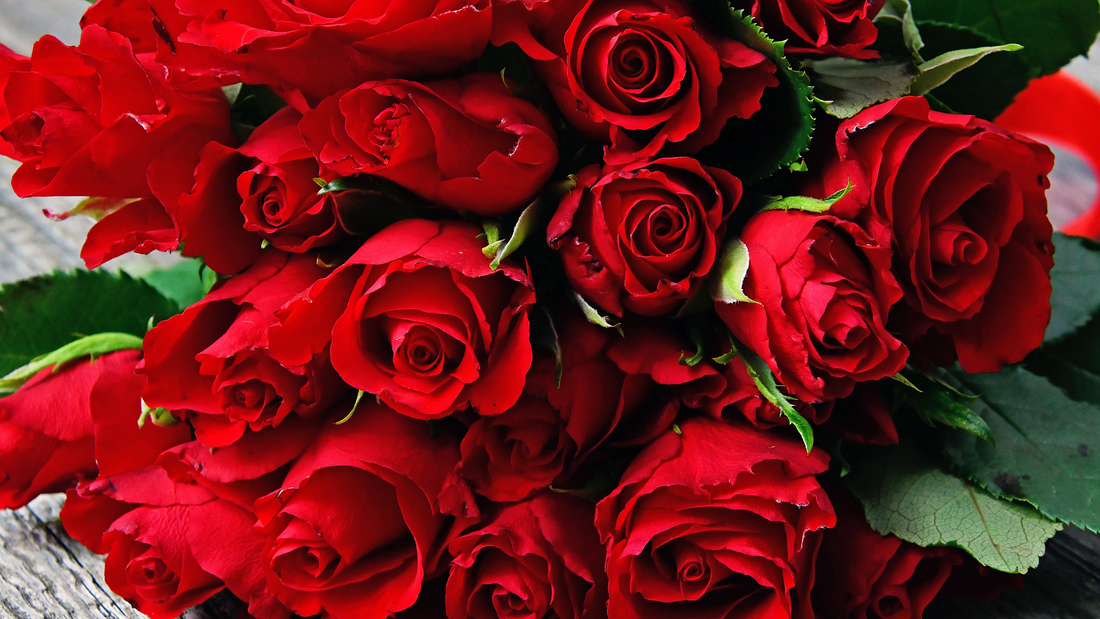Why are roses so associated with love and Valentine’s Day? Why do we give them in dozens? Are there any rose colours I shouldn’t gift?
Roses have symbolised love for hundreds of years with each colour conveying a different meaning:
- Red: romance and desire
- White: innocence and charm
- Light pink: grace
- Pink: happiness
- Dark pink: thankfulness
- Purple: enchantment and love at first sight
- Burgundy: beauty
- Coral: desire
- Orange: fascination
- Peach: modesty or immortality
- Yellow: friendship and joy
Giving flowers for Valentine’s Day dates back to the 17th Century, when King Charles II discovered floriography, or the language of flowers, during a trip to Sweden.
Roses were the language of love for many years, dating back to Greek and Roman iconography around their goddesses of love - Aphrodite and Venus. It is said that the first associations with St. Valentine and romance were thanks to Chaucer, composing a poem for the engagement of King Richard II and Anne of Bohemia.
There have been a few St. Valentine’s over the years, but the one who died on February 14th was a Christian bishop. He was executed for secretly performing marriage ceremonies for Roman soldiers.
Is there a significance to the amount of roses we give? It’s not all about showy gestures and outdoing others for who loves who the most, the quantities all have different meanings:
- One: a simple and direct ‘I love you’
- Two: love and affection
- Three: for ‘three simple words’
- Six: infatuation
- Nine: a combination of three and six, being with you forever
- Ten: because your partner is a ‘perfect 10’
- Twelve: showing love for 12 months a year
- Fifteen: used as an apology - perhaps for the day after Valentine’s if you forget!
- Two dozen: 24 roses for a grand gesture
- Four dozen: 48 roses unconditional and unchanging devotion
- Fifty: a love lasting to a ripe age with no regrets
- One hundred: 100 roses as a promise you’ll be with your partner until old age
Do I have to give roses? What alternative Valentine’s flowers are there?
In the language of flowers, there can be many substitutions for roses. Almost any red or pink flower will signify love, passion and affection.Gerberas are like small colourful sunflowers, tulips are a springtime essential, or even carnations if you’re not quite ready for roses yet.
Why not pick a mixed bouquet or arrangement to show them how you feel? Click here to shop our Valentine’s Collection, or click here to shop alternative options.

